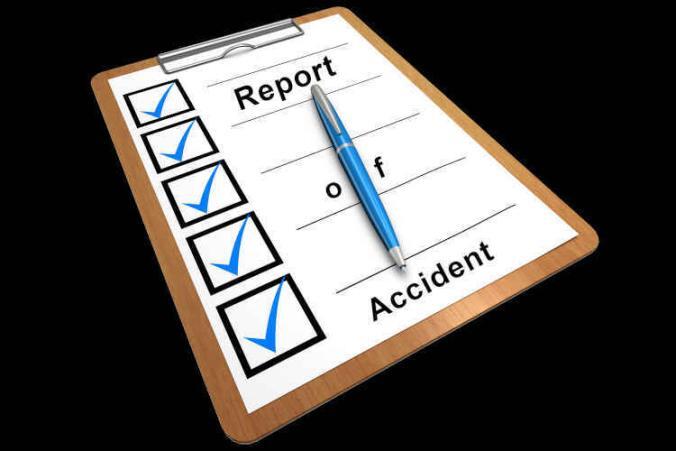If a worker has an L&I claim, then their employer might offer them light duty work. However, a light-duty job offer must be valid. Work injury claimants who refuse valid light duty work can no longer receive wage replacement benefits. These benefits include time loss compensation and loss of earning power benefits.
What is a valid light duty job offer?
There are many types of light-duty jobs. Yet, under the workers’ compensation claim system in Washington State, there are special considerations. More specifically, a light duty job offer is valid if it meets 5 criteria:
(1) The job must be with the employer of injury.
(2) The employer must send the job description (sometimes called job analysis) to the attending provider and the injured worker.
(3) The attending provider must approve the job.
(4) The employer has to provide a written job offer to the work injury claimant. The offer needs to include a reasonable start date.
(5) The employer must reinstate health care benefits at the same level as of the time of injury. One exception is when there’s a superseding agreement in place.
Workers’ concerns regarding light duty jobs
Some work injury claimants are nervous about doing light duty work. Personally, I regularly encounter 2 common concerns. First, there’s a fear of needing to perform work beyond the worker’s limitations. These limitations are set by the attending provider. Then, there’s a second concern – suffering another workplace injury while working light duty.
The first concern is easy to address. Employers cannot ask workers to do something that’s not in the job description. Remember, the attending provider approved the job description based on the worker’s limitations. Therefore, when this happens, the light duty job is no longer valid.
Suffering a work injury while working a light duty job
The second concern is not so simple. Unfortunately, in real life, work accidents do happen during light duty work. And then, when they do, they cause additional frustration and stress.
It’s important for workers to understand how to handle work injuries while working a light duty job. Here, there are different options and scenarios. One scenario pertains to temporary light duty jobs. The other applies to permanent light duty work. If you suffer a work injury while working a temporary or transitional light duty job, then you have coverage under your original L&I claim. However, for permanent jobs, you need to file a new workman’s comp claim.
Which conditions and benefits belong to what work injury?
Either way, the new work injury will likely complicate your claim. That’s because it’ll interrupt medical appointments and chart notes in the original claim. It also depends on the body area and the nature of the second injury. Many times, it can be hard to keep conditions and symptoms separate from the original injury.
In addition, it can be difficult to determine benefits. Do benefits apply under the original L&I claim? Or under the second work injury claim? Or both? Administratively, it can be very messy. Therefore, it’s important for workers and medical providers to be precise. In statements, in medical reports, and in all other documents.
Light-duty work injury can impact benefits
Another important point is the impact on financial benefits. Interestingly, your wage rate under the original claim and the new claim may not be the same. In the first case, the new work injury is under the original L&I claim. Here, the wage rate from the original claim applies. If the worker is receiving loss of earning power payments when the light duty injury occurs, then L&I will factor those benefits to wage rate calculations. Moreover, if the light duty injury means the worker can no longer work, then L&I will pay time loss compensation. Of course, as always, the worker must certify time loss with the attending provider.
The second case is when the light duty injury prompts a new claim. Here, L&I uses the wages of the light duty job to calculate benefits for the new claim. This holds true even when the light duty job pays less than the original job. When this happens, it’s incredibly frustrating for work injury claimants.
Some takeaways
To summarize, fear of re-injury at work isn’t a valid reason for declining a valid light duty job offer. Injuries that happen while working light are no fun! There are several ways to handle those injuries. They depend on whether the light duty work is temporary or permanent.
As always, the very best thing for workers and employers is to take all possible precautions. Do what you can to eliminate workplace injuries. However, if a light duty work injury occurs, then L&I is going to cover it. The coverage might be under the original claim or under a new workman’s comp claim.


